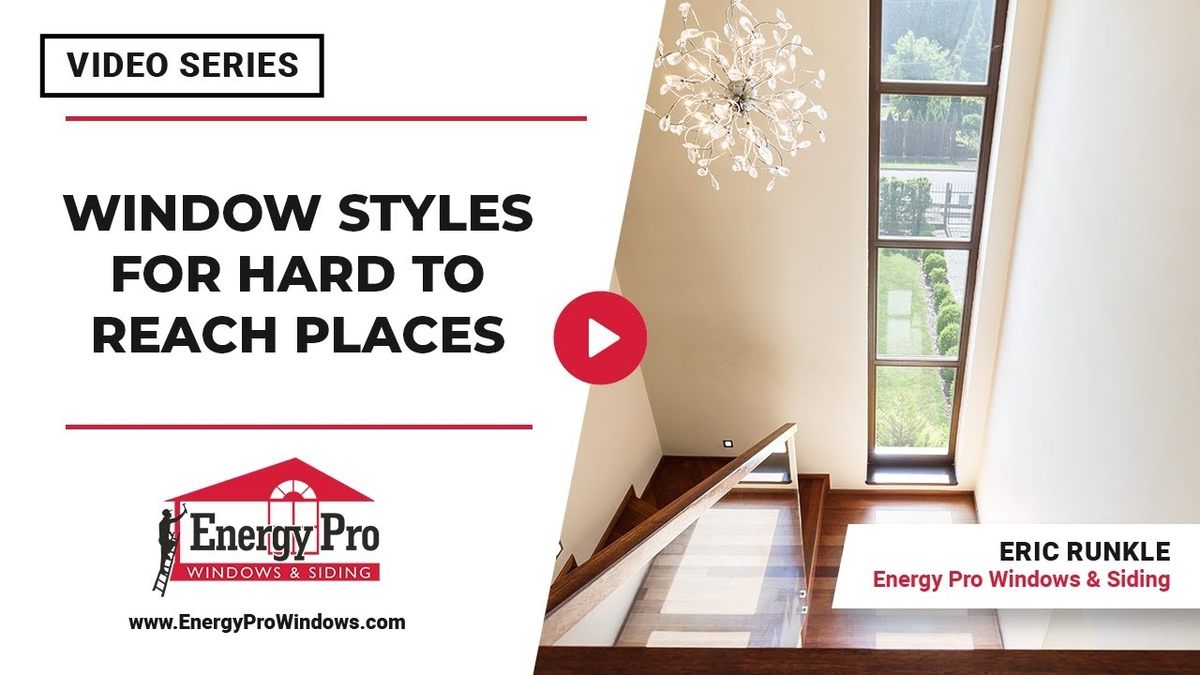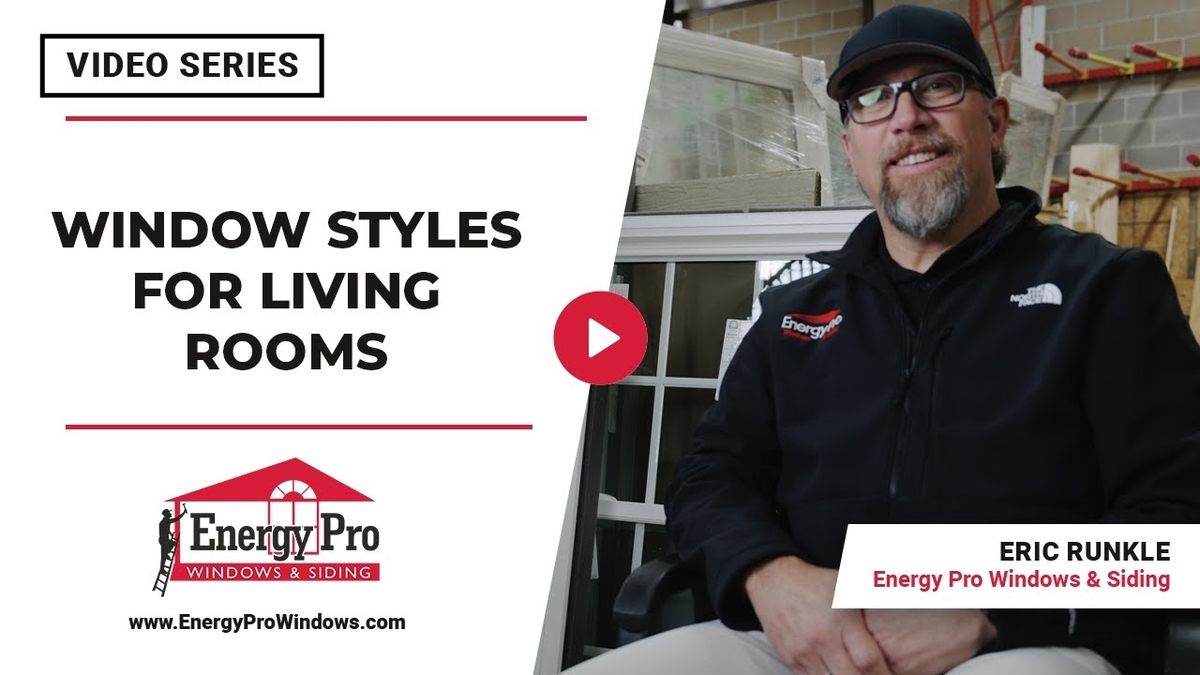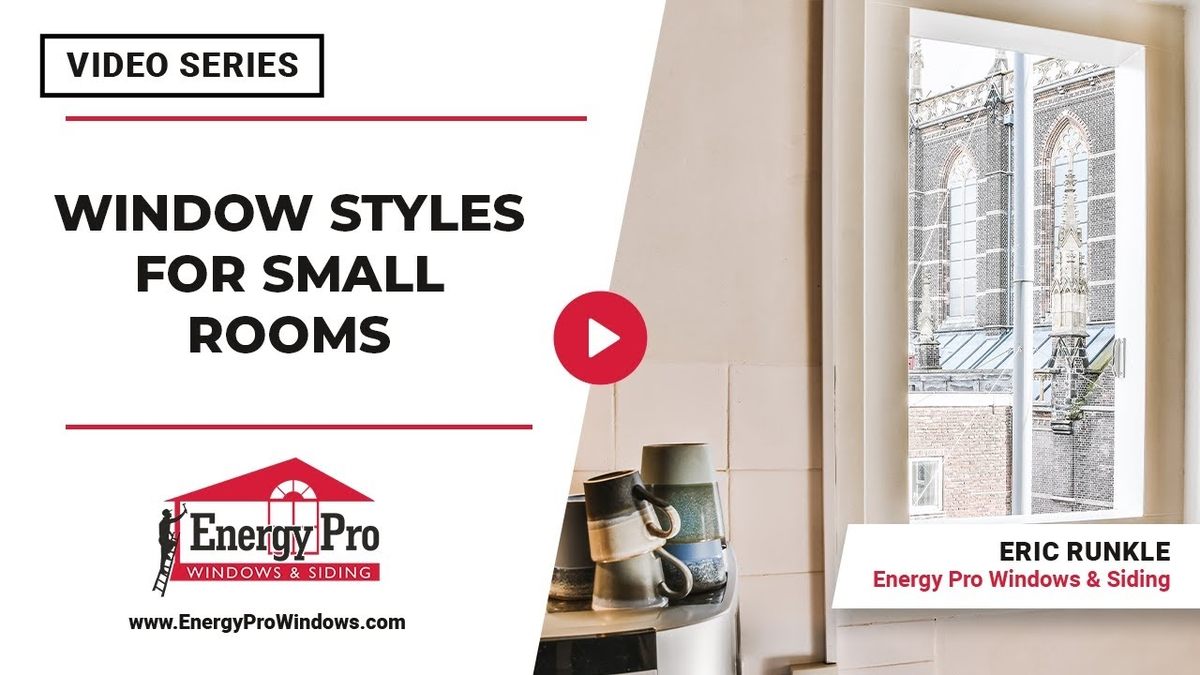Does a coming home improvement project require removing old siding? If so, you likely wonder what is involved with this process and how involved it may be.
Read on to learn more about the removal methods most commonly used for old siding.
Why Don’t Siding Installers Usually Have to Remove Old Siding?
One thing that surprises many homeowners is that their old siding usually doesn’t require removal. Removing the old siding is seldom an issue because construction methods used for siding involve different layers, known as envelopes. First envelopes, also known as structural envelopes, are immediately over the house’s walls, helping to maintain proper structure.
Most repair involves adding a second envelope over the first envelope, making removal irreverent in most cases. Adding a second envelope, rather than removing the first, helps to maintain the home’s structural integrity. By most estimates, siding removal is something that can be easily avoided in 90% of cases.
A consultation before you have your siding project scheduled will help determine whether removal is necessary. Specialists who deal with siding know what issues to look for that potentially spell trouble. These issues can be dealt with as part of the installation process.
If there is a Wood Rot Will Installers Be Removing Old Siding?
If there is damage, including wood rot, will installers be removing old siding? When there is extensive damage, including wood rot, installers need to remove the damaged parts before installing the new siding. Structural sheeting is used as a replacement for any structural siding removed to help preserve the home’s integrity.
Pressure-treated plywood, similar to roof decking, is the most popular structural sheeting material for use on houses. This material allows nails and screws to be run easily so that the house stays structurally sound. The sheeting makes a perfect foundation for the second layer of materials that you will add.
There are some exceptions to the rule about not usually removing the previous siding, usually in the case of older homes. Cedar shingle siding and aluminum without structural sheeting underneath are fairly common in some older homes and present challenges for new siding installation. In such cases, the original siding needs to be removed to allow the addition of new siding.
When these houses lack a structural envelope, the installer will add a structural envelope to help preserve the home’s proper structure. The next step will be to add the second envelope in the siding material of the homeowner’s choice.
What Else Can You Expect from This Process?
One of the things you can expect from the siding removal process is it’s being less invasive than many other homes remodel projects. There will be a bit of noise from nail and screw guns. However, the whole process takes place outside, impacting only your outdoor activities while things are going on.
If any of your old sidings must be removed, the installer will have a dumpster in your driveway area. However, the dumpster will usually take up a relatively small amount of space, and will not hinder your using your car as usual. Using such a container helps keep the older siding from becoming a nuisance or safety hazard.
The new siding might be in front of your home or elsewhere on your property until it has been installed. However, the siding is confined to a pallet, keeping it neat and orderly until the job is completed. This is also minimally invasive for most homeowners.
Vinyl is the siding product that usually takes the least amount of time to install, while James Hardie siding has a somewhat more extensive installation process. Replacing the door or window trim could take more time, but this is not always necessary. Every job is unique, regardless of the siding type or the size of the project.
Energy Pro Windows & Siding offers a range of siding for any home, contact us today for questions about what about removing old siding.



